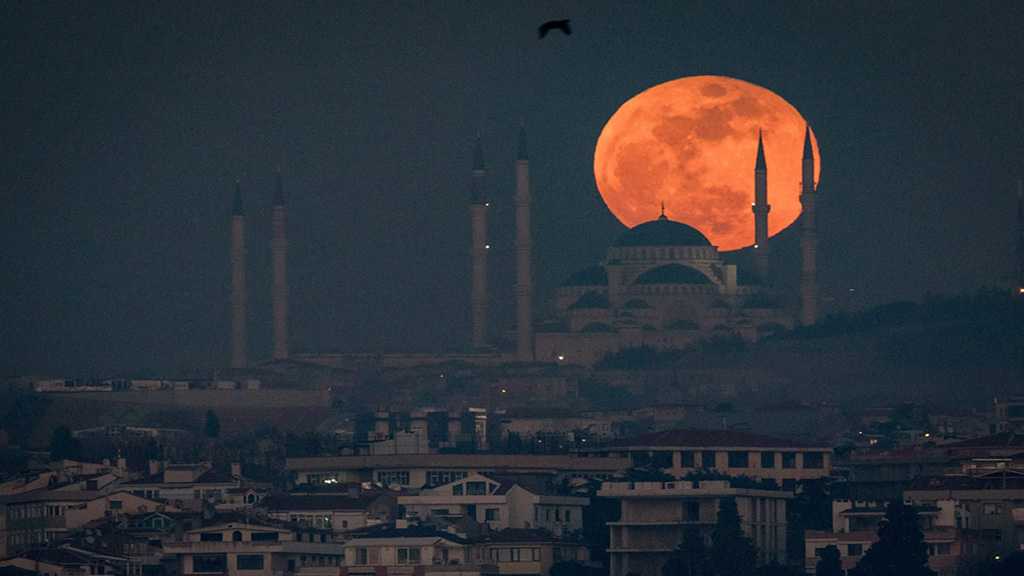
How to Watch the Super Blood Wolf Moon

Local Editor
There's going to be a legitimately good reason to howl at the moon on the evening of Sunday, Jan. 20 [or the early morning of Monday, Jan. 21 in Europe.]
Three elements make a "super blood wolf moon," but the part that makes it so rare it happens only three times this century is the least impressive. A "wolf moon" is simply the folk name for a moon that happens in the month of January.
Take that away and you've got a super blood moon, which is a total lunar eclipse that happens at "perigee syzygy." I know some people mistrust words like syzygy without any proper vowels, so let's stick with supermoon from here on.
A total lunar eclipse is referred to as a blood moon because when the sun, Earth and moon all line up briefly, the shadow of the Earth casts a reddish shadow on its lone natural satellite.
Then there's the supermoon part, meaning the moon is at the point in its orbit where it's just a little bit closer to us, making it seem 10 to 15 percent larger in the sky.
We get two to five supermoons every year, while the gap between blood moons is anywhere from six months to about three years. You can also plan on around one to five super blood moons each decade, but they only fall in January three times this century [the third and final 21st-century super blood wolf moon barely qualifies, since it falls at the very end of the month on Jan. 31, 2037.]
The entirety of the total lunar eclipse on Sunday night will be visible from all of North and South America, save for the Aleutian Islands in Alaska. West Africa and the western half of Europe will also get to take in most of the show.
Starting at around 7:34 p.m. PT or 10:34 p.m. ET Sunday, a partial eclipse will begin, with the full eclipse starting a little over an hour later.
You can safely look at the blood moon from anywhere skies are clear enough, unlike solar eclipses that require special eye protection in most cases. The main event lasts about an hour.
Source: News Agencies, Edited by website team
Comments
- Related News



